#sustainable planting
Explore tagged Tumblr posts
Text
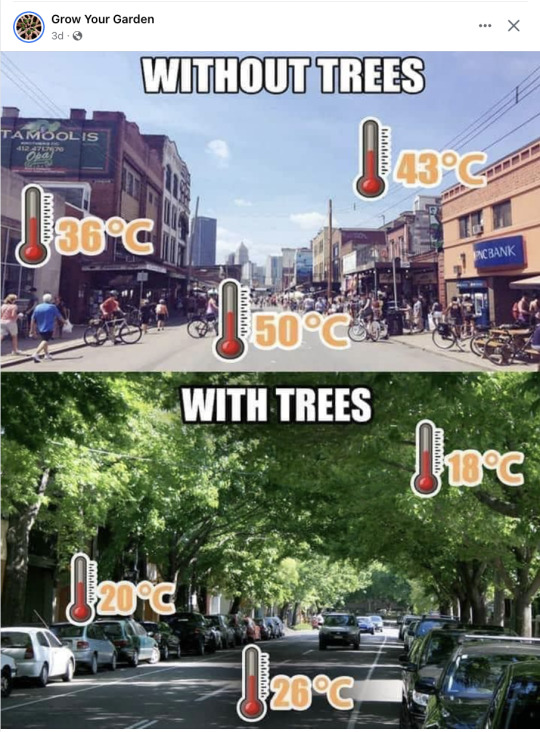
“It is not so much for its beauty that the forest makes a claim upon men’s hearts, as for that subtle something, that quality of air that emanation from old trees, that so wonderfully changes and renews a weary spirit.”
― Robert Louis Stevenson
Source: Grow Your Garden Instagram page
#katia plant scientist#botany#plant biology#plant science#plants#trees#plants make people happy#sustainability#ecological#solarpunk#intersectional environmentalism#environmentalism
28K notes
·
View notes
Text
"Businesses like to talk about the concept of a closed loop or circular economy, but often they’re trying to close small loops. Releaf Paper takes dead leaves from city trees and turns them into paper for bags, office supplies, and more—which is to say they are striving to close one heck of a big loop.
How big? Six billion trees are cut down every year for paper products according to the WWF, producing everything from toilet paper to Amazon boxes to the latest best-selling novels. Meanwhile, the average city produces 8,000 metric tons of leaves every year which clog gutters and sewers, and have to be collected, composted, burned, or dumped in landfills.
In other words, huge supply and huge demand, but Releaf Paper is making cracking progress. They already produce 3 million paper carrier bags per year from 5,000 metric tons of leaves from their headquarters in Paris.
Joining forces with landscapers in sites across Europe, thousands of tonnes of leaves arrive at their facility where a low-water, zero-sulfur/chlorine production process sees the company create paper with much smaller water and carbon footprints...
“In a city, it’s a green waste that should be collected. Really, it’s a good solution because we are keeping the balance—we get fiber for making paper and return lignin as a semi-fertilizer for the cities to fertilize the gardens or the trees. So it’s like a win-win model,” [Valentyn] Frechka, co-founder and CTO of Releaf Paper, told Euronews.
Releaf is already selling products to LVMH, BNP Paribas, Logitech, Samsung, and various other big companies. In the coming years, Frechka and Sobolenka also plan to further increase their production capacity by opening more plants in other countries. If the process is cost-efficient, there’s no reason there shouldn’t be a paper mill of this kind in every city.
“We want to expand this idea all around the world. At the end, our vision is that the technology of making paper from fallen leaves should be accessible on all continents,” Sobolenka notes, according to ZME Science."
-via Good News Network, August 15, 2024
#trees#plants#paper#paper products#sustainability#deforestation#green waste#green waste removal#ukraine#france#paris#good news#hope
5K notes
·
View notes
Photo

New York Landscape A mid-sized, contemporary hillside retaining wall landscape as inspiration.
#sustainable planting#green wall#oranamental grasses#retaining wall#cedar fence#gabion wall#landscape
0 notes
Photo

Modern Landscape - Retaining Walls A mid-sized, contemporary hillside retaining wall landscape as inspiration.
0 notes
Text
I've found that YouTube is a great resource for the use of plants where text resources on the internet have nothing.
I've been researching the use of kudzu and I found this video on how to make kudzu root powder including how it can be used in cooking.
Right now I'm trying to follow this video in how to process kudzu vines into thread for textiles.
Kudzu has been known in China, Japan and Korea for thousands of years to be an amazingly useful plant!
The forester where I work has applied roundup to the kudzu patch over and over to get rid of it, but it comes back every time. Pesticides are applied to large areas to get rid of kudzu. But this is a plant useful for human needs.
I can hear you say, "Use kudzu instead of killing it? You must be crazy! It takes over and destroys ecosystems!"
But the monoculture corn and cotton fields that give us food and clothing now take over and destroy ecosystems, and those plants need synthetic fertilizers and all sorts of pesticides that wash into the streams and poison the water. Kudzu doesn't need to be weeded or fertilized, it is too ferocious for that nonsense, in fact it fertilizes the ground because it is a legume which fixes nitrogen.
And in the parts of the kudzu patch where it hasn't yet overgrown into huge thickets, it has plenty of ferns, brambles, sedges, and asters.
I think if folks were getting out there with an axe like in the video and chopping the roots out of the ground, and harvesting the vines as well, the kudzu would not grow to where it swallows everything.
Imagine a rotation where a kudzu patch is used to harvest vines for fibers, then it is used as a pasture for goats, then the kudzu roots are harvested, then the kudzu patch can be used for other crops after being fertilized by the nitrogen fixation and manure.
This operation could make goat milk soap scented with kudzu flowers...kudzu paper...kudzu baskets...
669 notes
·
View notes
Text
Remember, a solarpunk future without support for the disabled population is just green-washed ableism.
A solarpunk future that doesn't include (or purposely excludes) Indigenous/PoC populations is just green-washed white supremacy/colonialism.
A solarpunk future that doesn't feed the hungry or house the poor is just green-washed capitalism.
Solarpunk is more than just an aesthetic. It's a hope for a better future for everyone.
#nature#solarpunk#gardening#cottagecore#naturecore#anticapitalism#anarchism#environmentalism#sustainability#plants
4K notes
·
View notes
Text
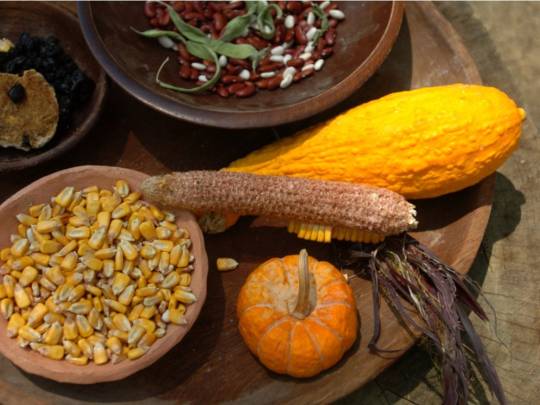


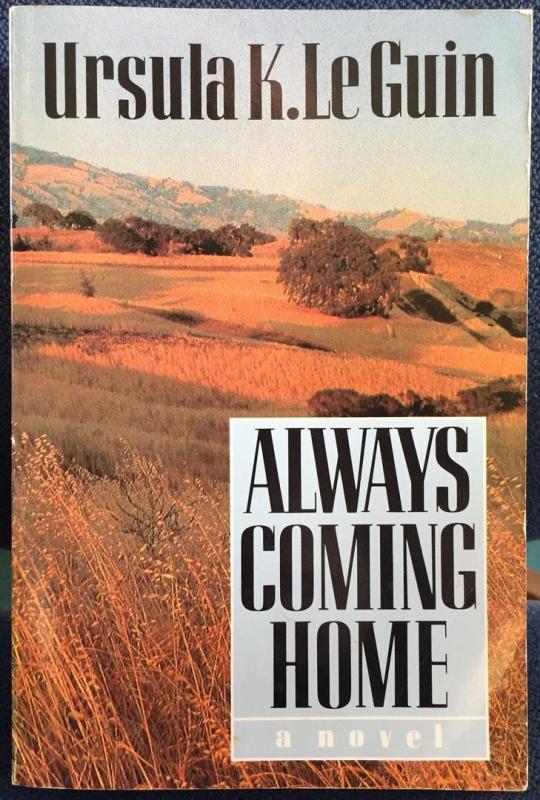
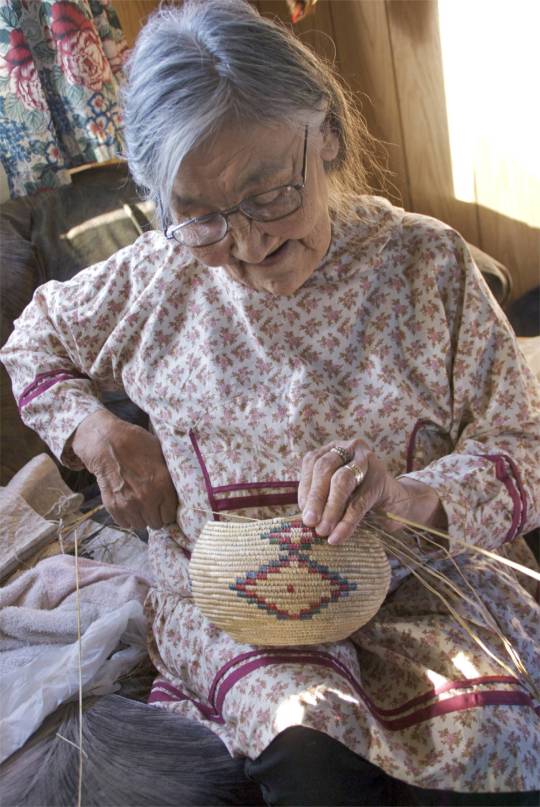

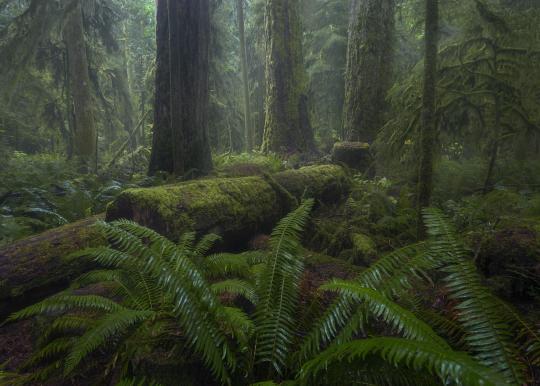

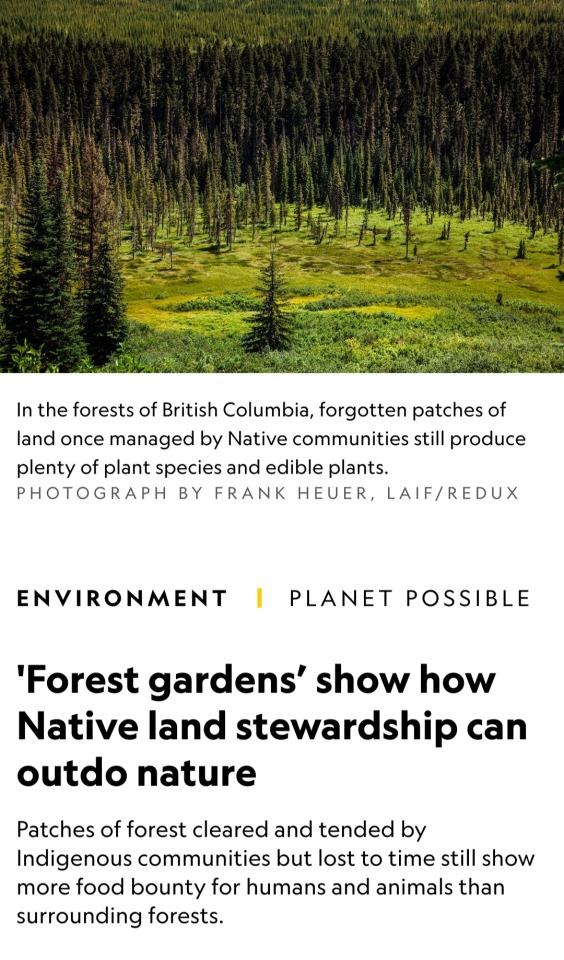




times, places, and practices that I want to learn from to imagine a hopeful future for humanity 🍃
the three sisters (squash, beans, maize) stock photo - alamy // anecdote by Ira Byock about Margaret Mead // art by Amanda Key // always coming home by Ursula K. Le Guin // Yup'ik basket weaver Lucille Westlock photographed by John Rowley // the left hand of darkness by Ursula K. Le Guin // photo by Jacob Klassen // the carrier bag theory of fiction by Ursula K. Le Guin // article in national geographic // the dawn of everything by David Graeber and David Wengrow // braiding sweetgrass by Robin Wall Kimmerer // the birchbark house by Louise Erdrich // photo by John Noltner
I'm looking for more content and book recs in this vein, so please send them my way!
#solarpunk#hopepunk#braiding sweetgrass#just a collection of books and pictures that make me hopeful for the future#margaret mead#robin wall kimmerer#nature#ursula k le guin#ursula k. le guin#the left hand of darkness#the carrier bag theory of fiction#the dawn of everything#anthropology#future#hopecore#native plants#biodiversity#sustainability#eco#eco friendly#louise erdrich#civilization
3K notes
·
View notes
Text

Your Yard is a Universe — healthyyards.org
#saw this and really like it#it may just be my yard but it’s millions of creatures’ entire world#gardening#sustainability#solarpunk#native plants#nature
283 notes
·
View notes
Text
COPING BY THINKING STUDYING FOR MY PLANT PATHOLOGY PAPER IS ACTUALLY VERY SOLAR PUNK CODED

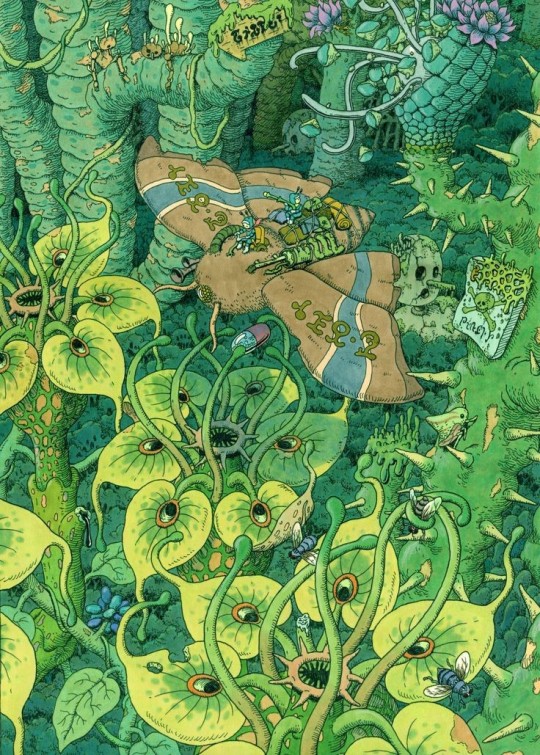
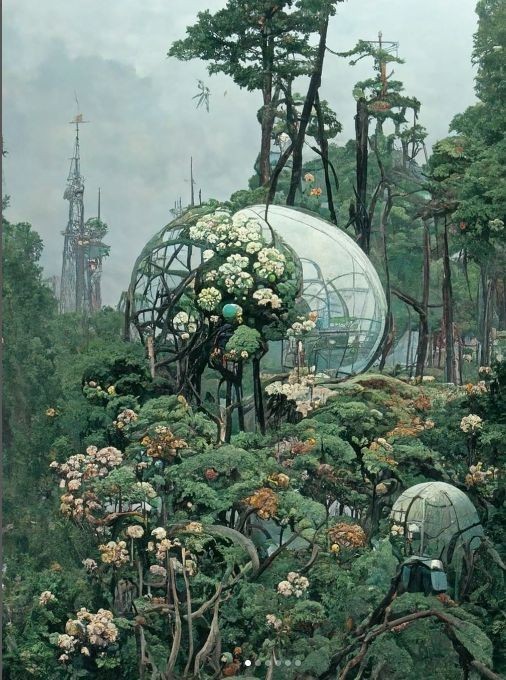
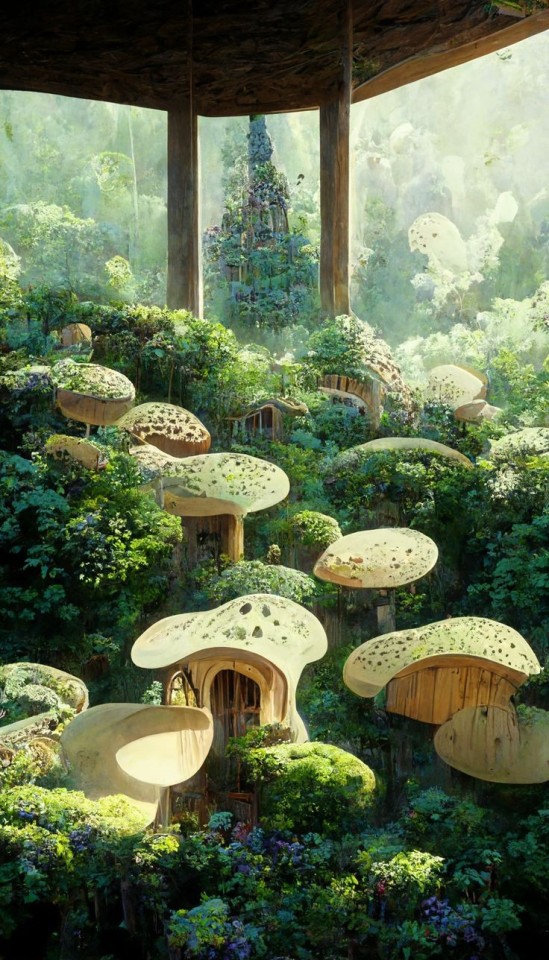


#solar punk#solar punk aesthetics#solarpunk#solarpunk aesthetic#green#sustainability#art#aesthetic#exam#plants#plant pathology#paper#exams
515 notes
·
View notes
Text
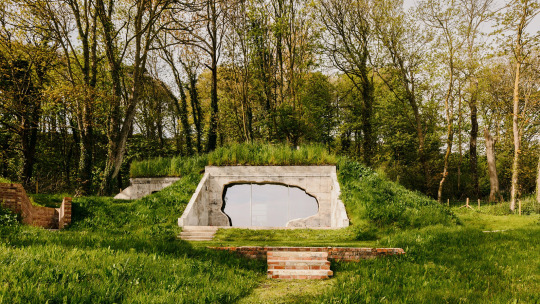
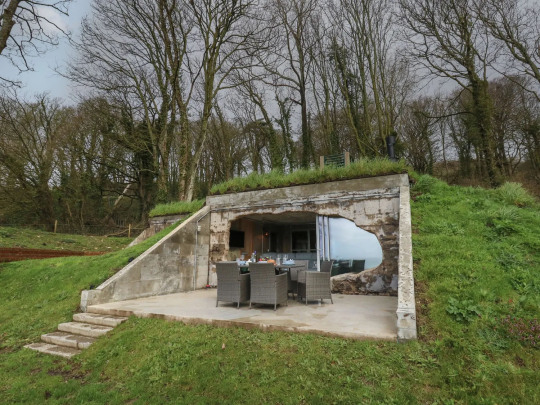
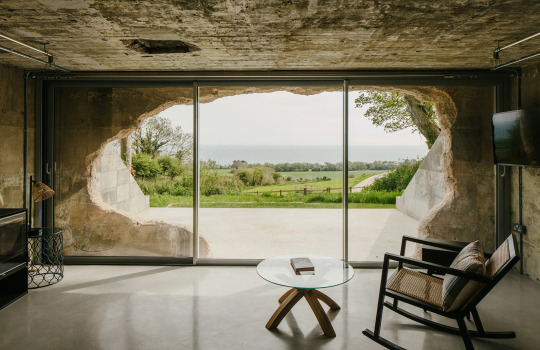





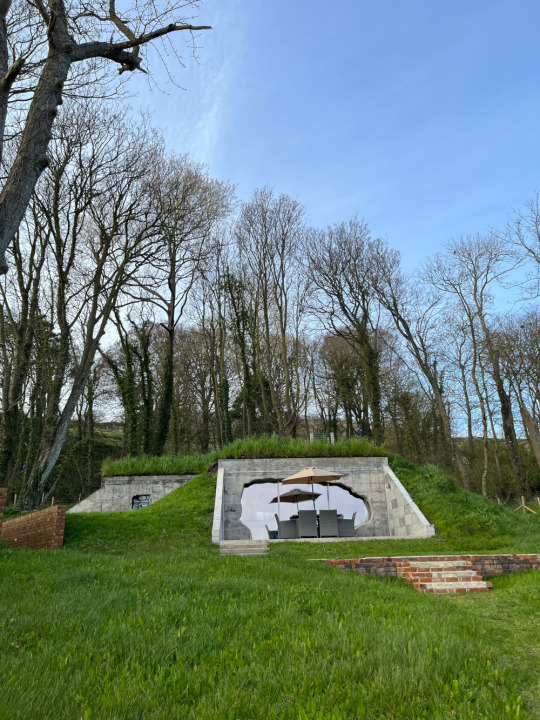
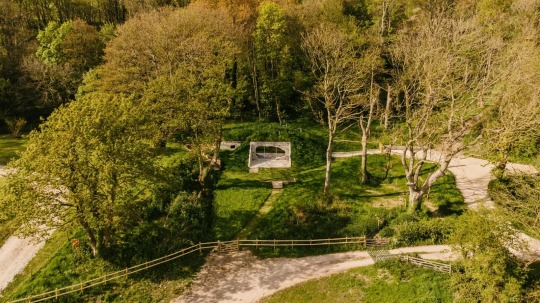
Transmitter Bunker, Ringstead, Dorset, United Kingdom,
Lipton Plant Architects
#art#design#architecture#minimal#nature#interior design#minimalism#interiors#retreat#bunker#dorset#united kingdom#beach house#transmitter#lipton plants#sustainability#renovation#second world war#concrete
720 notes
·
View notes
Text
The Permaculture Spiral Garden - A Great Starting Point
There is probably no other structure as popular for illustrating Permaculture in practice as the Herb Spiral. Okay, I guess I could mention the lasagna sheetmulching method or also the cob oven that tends to be the first hands-on project at a typical Permie intro session. But when it comes to showing how landscape design, zones and sectors, stacking functions, and efficient use of space and water come together in one unique structure, the Spiral Garden is unbeatable.

Turning Theory into Practice
In typical Permaculture Designer Certificate courses, but even in brief intro weekends to Permaculture, there tends to be a lot of theoretical discussions. Since the numerous design principles can be applied to any climatic region, from the tropical to the subarctic, and on any scale from the humongous to the tiny, the practical aspects of the ideas can easily get lost. That's where a good hands-on application comes, where the participants get to move around rocks and dirt, while realizing how much it ties in to the concepts they've just discussed. This way the apparent "main purpose" of "building something to grow all your kitchen herbs on", becomes a neat side feature.
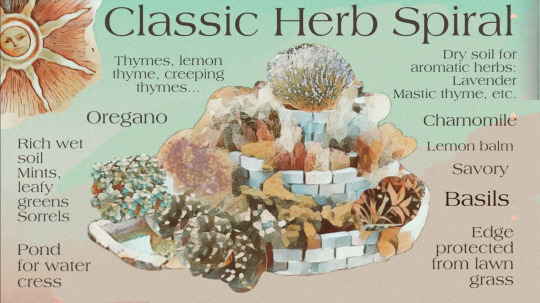
Adjust Your Landscape!
The first thing to realize that landscape is welcome to be modified and adjusted to bring out the best in it. Clearly, while it is important to work with what's there already, it doesn't hurt think about mounds and valleys. And before you bring out the excavators for your large-scale farm, it makes sense to start small… say on a circle of 2-5 meters (6-16 feet) diameter. In other words, the Spiral Garden is a hill with a spiral shaped surface, leading down to ground level, or further down into a water hole. It can be made out of rocks, bricks, concrete debris, or anything else you have lying around that can hold your soil.
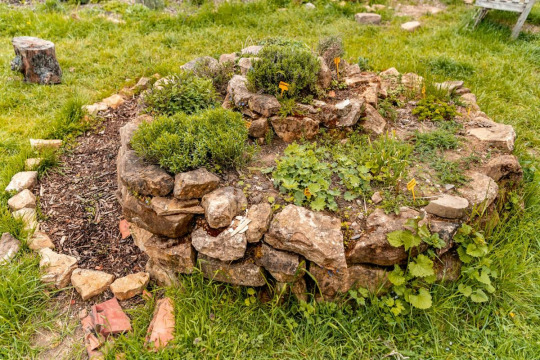
Design According to Your Scale
Looking around for existing Herb Spirals it's easy to get confused. Some are so big you can actually climb on them (that is, you have to in order to reach what's growing on top). Others are so tiny that you may not even want to step on them. The question is: which size is the right one for you? Since this is something you will have to decide almost daily in Permaculture, it doesn't hurt starting out with this important question.
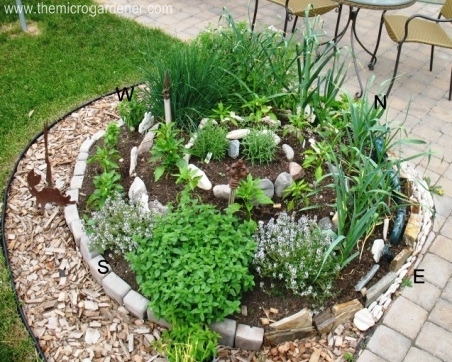
Organizing Your Spiral Garden
While there are seemingly endless types of Spiral Gardens, there are a few things they all have in common: They all start out with a region on the top, where water is bound to run off right away, leaving the soil relatively dry. This area is also the most exposed to the wind. Keep this in mind when choosing the plants that are going to live here. Ideally, the spiral should start sloping toward the East from here. Delicate plants that benefit greatly from the morning sun will appreciate this region. As the slope continues toward the South and West, it becomes more suitable for sun loving species. Finally, as the spiral reaches the ground level in the shady Northern part, it will be perfect for herbs that prefer less sun, more shade and more water, since the soil tends to be wetter here. (Note: This is for the Northern Hemisphere. In the Southern Hemisphere North and South are reversed.) To make full use of the runoff water, many people add a small pond at the base of the spiral, where additional aquatic plants, such as watercress, can be grown.

The given illustration offers a good number of herbs for a nicely diverse kitchen. Depending on what else you want in your Herb Spiral, you can add it in the most suitable region. Mint and lemon balm love the cooler, shady part with more water. Lemongrass is great in the sunny area, and tarragon and estragon prefer the dry top of the spiral. Of course, the idea is not limited to kitchen herbs. For maximalists, the same theory can work with a mountain you might want to terraform into a spiral farm. But right now I'd prefer to stay small scale.

Plenty of Benefits (That's Why It's Permaculture)
As explained above, the main purpose of the Spiral Garden is not only to increase your gardening area by making use of the vertical, but also to create diverse climatic conditions, which do make a difference on the smallest scale. But as Permaculture tends to be, there are many other benefits to it. The structure itself offers great habitat for numerous animals, such as frogs, salamanders, lizards, but also pollinating insects, and of course others that may not directly benefit us, but by feeding on others they all add to the stability of our ecosystem. The structure itself will suppress weeds and make use of material that you're not likely to use elsewhere. Finally, depending on the size and location, it will be an ideal place to grow all your kitchen herbs right where you can access them most easily.
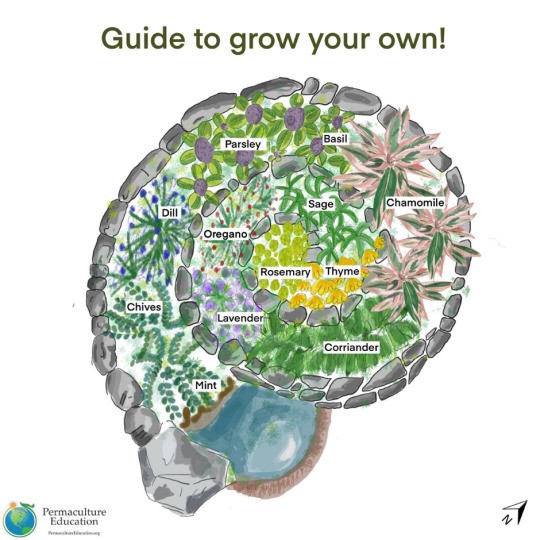
Some Things to Keep in Mind
When building the structure, make sure it will contain the soil in a nice trough, slanting slightly inward. That way bits and pieces that fall off will roll towards the center, until contained by the main mound.
Make sure the slope is always nice and gradual, avoiding sudden drops where the water can rush down quickly, eroding the soil.
If you're going to walk on your spiral, include a separate walkway that won't compress good soil. Most importantly, it should be sturdy enough to provide stability and make access safe.
Don't forget that while the structure is important to keep the soil in place, it is the soil that you'll be growing plants in. So it should have a good depth of 20-50 cm (8-20 inches) throughout the entire spiral. This can be the trickiest part!
Apply your own observation to which plants do better in which parts of the spiral. Also, with time you will find many other plants growing in it that you didn't plant. Before removing them, consider how much they actually bother your herbs, and whether their benefits may not outweigh their drawbacks.
Go Out and Build Your Own!
I hope this brief overview got you inspired to go out and try building an Herb Spiral yourself! I would love to hear your experiences with it!
Sources: 1, 2, 3, 4
3K notes
·
View notes
Text
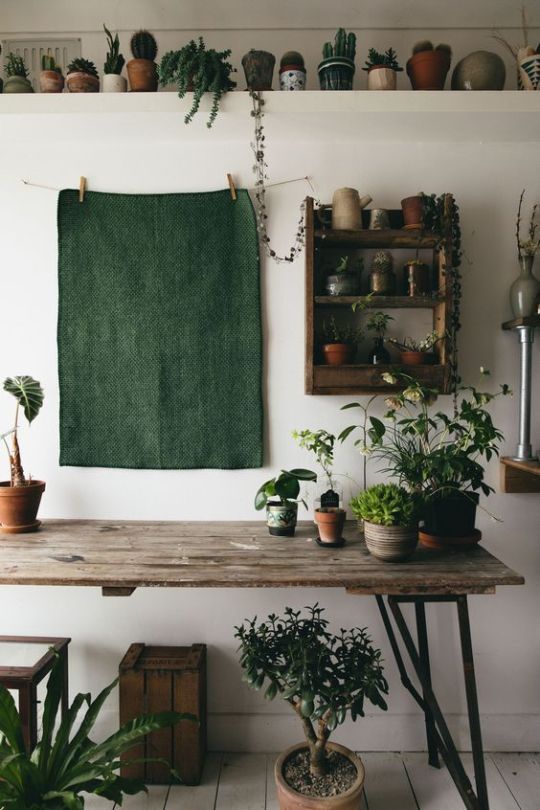
https://thefuturekept.com/products
428 notes
·
View notes
Text
Ancient redwoods recover from fire by sprouting 1000-year-old buds
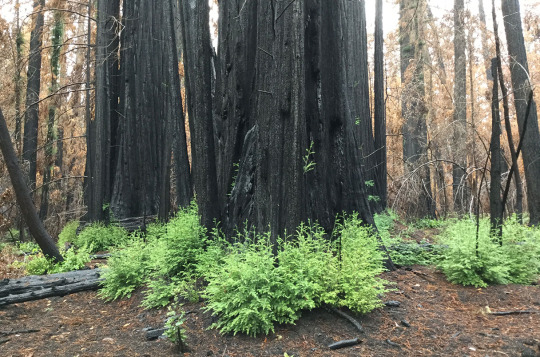
Article | Paywall free
When lightning ignited fires around California’s Big Basin Redwoods State Park north of Santa Cruz in August 2020, the blaze spread quickly. Redwoods naturally resist burning, but this time flames shot through the canopies of 100-meter-tall trees, incinerating the needles. “It was shocking,” says Drew Peltier, a tree ecophysiologist at Northern Arizona University. “It really seemed like most of the trees were going to die.”
Yet many of them lived. In a paper published yesterday in Nature Plants, Peltier and his colleagues help explain why: The charred survivors, despite being defoliated [aka losing all their needles], mobilized long-held energy reserves—sugars that had been made from sunlight decades earlier—and poured them into buds that had been lying dormant under the bark for centuries.
“This is one of those papers that challenges our previous knowledge on tree growth,” says Adrian Rocha, an ecosystem ecologist at the University of Notre Dame. “It is amazing to learn that carbon taken up decades ago can be used to sustain its growth into the future.” The findings suggest redwoods have the tools to cope with catastrophic fires driven by climate change, Rocha says. Still, it’s unclear whether the trees could withstand the regular infernos that might occur under a warmer climate regime.
Mild fires strike coastal redwood forests about every decade. The giant trees resist burning thanks to the bark, up to about 30 centimeters thick at the base, which contains tannic acids that retard flames. Their branches and needles are normally beyond the reach of flames that consume vegetation on the ground. But the fire in 2020 was so intense that even the uppermost branches of many trees burned and their ability to photosynthesize went up in smoke along with their pine needles.
Trees photosynthesize to create sugars and other carbohydrates, which provide the energy they need to grow and repair tissue. Trees do store some of this energy, which they can call on during a drought or after a fire. Still, scientists weren’t sure these reserves would prove enough for the burned trees of Big Basin.
Visiting the forest a few months after the fire, Peltier and his colleagues found fresh growth emerging from blackened trunks. They knew that shorter lived trees can store sugars for several years. Because redwoods can live for more than 2000 years, the researchers wondered whether the trees were drawing on much older energy reserves to grow the sprouts.
Average age is only part of the story. The mix of carbohydrates also contained some carbon that was much older. The way trees store their sugar is like refueling a car, Peltier says. Most of the gasoline was added recently, but the tank never runs completely dry and so a few molecules from the very first fill-up remain. Based on the age and mass of the trees and their normal rate of photosynthesis, Peltier calculated that the redwoods were calling on carbohydrates photosynthesized nearly 6 decades ago—several hundred kilograms’ worth—to help the sprouts grow. “They allow these trees to be really fire-resilient because they have this big pool of old reserves to draw on,” Peltier says.
It's not just the energy reserves that are old. The sprouts were emerging from buds that began forming centuries ago. Redwoods and other tree species create budlike tissue that remains under the bark. Scientists can trace the paths of these buds, like a worm burrowing outward. In samples taken from a large redwood that had fallen after the fire, Peltier and colleagues found that many of the buds, some of which had sprouted, extended back as much as 1000 years. “That was really surprising for me,” Peltier says. “As far as I know, these are the oldest ones that have been documented.”
... “The fact that the reserves used are so old indicates that they took a long time to build up,” says Susan Trumbore, a radiocarbon expert at the Max Planck Institute for Biogeochemistry. “Redwoods are majestic organisms. One cannot help rooting for those resprouts to keep them alive in decades to come.”
-via Science, December 1, 2023
#redwoods#california#wildfire#climate change#extreme heat#natural disasters#botany#plant biology#photosynthesis#santa cruz#hopepunk#sustainability#climate hope#united states#good news#hope
12K notes
·
View notes
Text
Okay. So you know how industrial agriculture overuses synthetic fertilizers loaded with nitrogen to make up for the decades of soil degradation that intensive farming practices cause? So not only does a lot of this fertilizer end up as runoff in our waterways every time it rains, but while it's still on land it's messing with the surrounding ecology, particularly plants.
See, nitrogen normally exists primarily in our atmosphere, and most organisms can't absorb atmospheric nitrogen, even though it's a crucial nutrient. However, some soil bacteria are capable of drawing this nitrogen in and converting it to a form of ammonia accessible to plants. These bacteria can be found in little nodules of many plants' roots, and make the nitrogen available to their hosts in return for a nice safe place to live. When these nitrogen-fixing plants shed leaves or other parts, or die entirely, the nitrogen in their tissues is then released into the local ecosystem as they decay.
However, when we started supercharging farmland and gardens with tons of extra nitrogen through fertilizers, we threw off the entire nitrogen cycle. Plants native to a given ecosystem have evolved to tolerate a certain balance of nutrients, to include some that may be naturally scarce, and when the nutrient balance suddenly shifts significantly, it causes a lot of upset. With more nitrogen filtering through nearby ecosystems, and those downstream, nitrogen-fixing plants are suddenly losing their competitive edge, and are becoming less common in these places. Over time, they can become locally extinct, breaking whatever bonds they had with other species in the ecosystem, which often leads to even more ecological unraveling.
So you see, more fertilizer isn't always the answer. When engaging in habitat restoration efforts in many parts of the United States, it's important to work with the native soil instead of adding a lot of amendments. Those amendments can actually make it easier for invasive weeds to get a roothold because they often come from places with richer soil, or are simply more able to make the most of the excess nutrients to grow faster and out-compete native plants. Adding too much nitrogen, whether intentionally or as a byproduct of agriculture, makes it even tougher for native ecosystems to thrive in disturbed areas adjacent to farms. On the other hand, making sure your restoration site has native nitrogen-fixers and other pioneer plants helps set the stage for long-term success, while making conditions less favorable to nutrient-hungry invasive species.
We already had plenty of reason to curb the overuse of synthetic fertilizers; this study just adds another argument in that regard.
#plants#botany#plantblr#farming#agriculture#sustainability#permaculture#nature#ecology#restoration ecology#habitat restoration#pollution#environment#conservation#native plants#native species#invasive species#ecosystems#science#scicomm#biodiversity
126 notes
·
View notes
Text

I wanted to highlight this because I knew it would come up as SOON as I mention common milkweed (asclepias syriaca), which is a milkweed from the Eastern and Central US.
Indigenous peoples, respected ethnobotanists, and veteran foragers eat milkweed by the bucket! If other people knew how amazing of a plant it is – there is something edible and delicious about it at every stage of growth, it is very easy to plant / spread its seeds, and it grows almost like a weed – they would love and cherish it.
If more people were encouraged to utilize it, they would be less likely to get rid of it in their yards. They might even start growing a whole patch. It’s a sustainable food source. We would be helping its insect friends who are HARMLESS to our gardens but important for the environment.
It’s not like, say, ramps that are overharvested every year and have disappeared from huge stretches of land where they were once abundant. Ramps grown from seed take SEVEN years to mature. Milkweed grows and matures the same year.
People eating milkweed don’t contribute to monarch butterfly decline. The use of herbicides, Big Agro, cities just mowing down whatever the hell they want are to blame.
That said, it’s still important to forage in an ethical way. Never strip a plant of all its flowers, leaves, or fruit. Never harvest an entire patch of plants from a single area. Check for beneficial insects and leave them alone. If a native plant has gone to seed, help spread those around.
This is NOT a callout — this is important information that I want everyone to know. Eating milkweed will NOT harm the monarch butterflies.
Learn More:
The Forager’s Harvest
Learn Your Land
Part 1 | Common Milkweed
#foraging#ethical foraging#sustainability#common milkweed#asclepias syriaca#us native plants#monarch butterfly#wild food#plant education
207 notes
·
View notes
Text
reminder that fighting for climate solutions means fighting for public health.
switching to clean energy means less air pollution and significantly less deaths associated with fossil fuel extraction
green, localized, and walkable neighborhoods with accessible transport is good for physical, mental, social, and emotional health
cutting down the beef and dairy industries and eating more plant based (for those who can) is better for health of individuals
fighting for unionized labor in good, clean jobs means less stress in people's daily lives which leads to less stress-related illness and injury
Fight for your neighbors, fight for the planet
#solarpunk#sustainability#climate change#climate crisis#activism#walkable communities#walkable cities#plant based#clean energy
533 notes
·
View notes